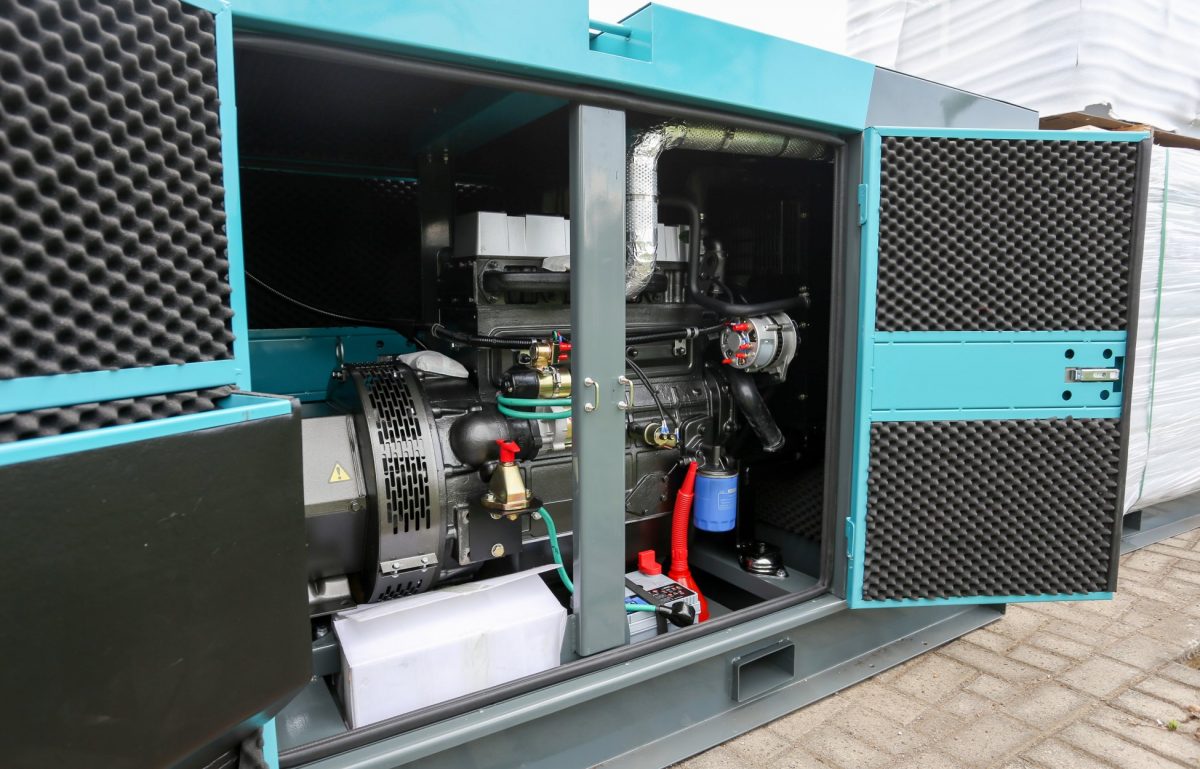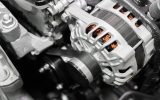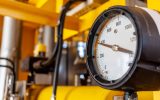Commercial generators are a staple for businesses in need of reliable power. They typically serve as a backup power source in the event of a power outage or as the main source of electricity for off-grid locations.
If you’re in charge of maintaining a commercial generator, it’s important to have a good understanding of the various parts that make up this complex machine. This knowledge can help you troubleshoot any issues that may arise and ensure proper maintenance for optimal performance. Let’s take a look at some of the main components found in most commercial generators.
The Engine
The engine is the heart of a commercial generator. It’s responsible for converting fuel into mechanical energy to power the generator.
Commercial generators typically use diesel, natural gas, or propane as fuel sources. Diesel engines are the most common because they’re more efficient and provide a longer lifespan compared to other types of engines. Natural gas and propane engines, while less common, are becoming increasingly popular due to their lower emissions and cost-effective fuel options.
The Alternator
The alternator converts mechanical energy from the engine into electrical energy. It consists of a rotor and stator, with the rotor being connected to the engine’s crankshaft and the stator remaining stationary. As the rotor spins, it creates an electromagnetic field that induces voltage in the stator windings. This produces electricity. The speed of the engine and the strength of the magnetic field determine the amount of electricity an alternator generates.
The Control Panel
The control panel serves as the interface between the generator and its operator. It allows for easy monitoring and adjustment of various settings, such as voltage, frequency, and power output.
Some advanced commercial generators may also have features like remote start capabilities and automatic transfer switches that can detect a power outage and automatically switch on the generator.
The Fuel System
The fuel system stores and delivers fuel to the engine for combustion. It generally consists of a fuel tank, fuel pump, and fuel filters. It’s important to regularly maintain the fuel system to ensure the delivery of clean, quality fuel to the engine. Contaminants in the fuel can cause damage and decrease performance.
The Cooling System
Like any other engine, commercial generators produce heat during operation. A cooling system prevents the engine from overheating and ensures it operates at a safe temperature. It typically consists of a radiator, fan, and coolant, with some generators also incorporating an oil cooler for additional heat dissipation.
The Exhaust System
The exhaust system is responsible for removing harmful gases produced during combustion from the generator. It consists of an exhaust manifold, muffler, and exhaust pipe. It works in conjunction with the cooling system to maintain safe operating temperatures for the engine.
The Relay
Some commercial generators may also have a relay, which is an electronic device that controls the flow of electricity from the generator to the designated power source. It’s important for safety reasons, as it prevents backfeeding and potential electrocution.
As you can see, commercial generators are comprised of various intricate parts that all work together to provide reliable power. If you work on or operate a commercial generator, it’s important to have a good understanding of these components and their functions, as well as where you can get replacement electrical parts online for maintenance and repairs. This knowledge can help you keep your generator in top working condition and ensure uninterrupted power for your business or project.













